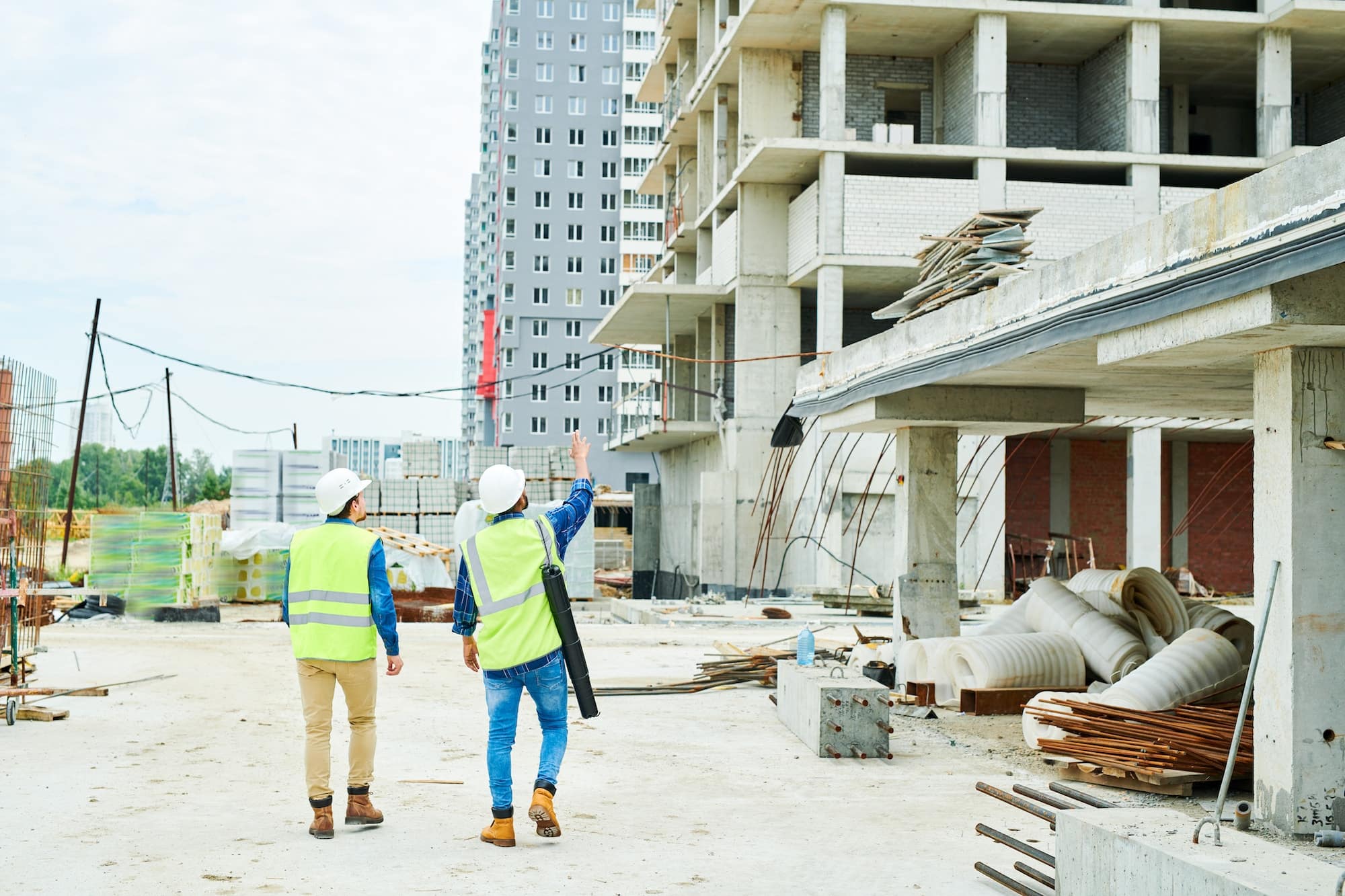Before a construction project begins, many activities take place to prepare for the job. There’s clearing the site to remove any debris or obstructions that could put the future build at risk, soil testing to ensure the build’s structural integrity, the list goes on.
Collectively, the measures that go into construction site preparation are meant to help ensure projects of every size are successful from start to finish. With this goal in mind, temperature is a fitting part of the conversation around construction site preparation.
How Temperature Fits Into Proper Site Preparation
The timelines of a construction project can vary considerably based on its scope along with other factors like labor, supply chain processes and weather conditions. That said, there are some metrics we can consider. ProEst, a provider of construction estimating software, estimates the average 10,000 square-foot building takes about five to six months to construct, while the average 50,000 square-foot building takes somewhere between six to eight months to complete.
With these timelines in mind, many new commercial builds are subject to a range of seasonal elements — from rising humidity levels in the summer to winter freezes. Both of these shifts can introduce concerns to construction site efficiency and expenses.
If moisture levels in the air become too high, it’s possible that coatings and finishes may not harden properly, which can then cause building materials underneath to rot or corrode. Excessive moisture can also produce mold that quickly spreads across surfaces and leads to added re-work and labor costs down the road.
Meanwhile, in the case of a cold snap, pipes can freeze when plumbing, waste lines or HVAC ducts are exposed to these extreme temperatures. If an exposed pipe bursts, the pipe can crack and require replacement, with the possibility of extensive water damage to the jobsite, as well.
How to Prepare Your Site for Temperature Fluctuations
The construction industry is no stranger to the impact external conditions have on their work. The good news is that, when it comes to those high humidity levels and extreme cold snaps, there’s a way to proactively prepare for the unpredictable. The solution: a 24/7 remote temperature monitoring system.
By placing CORIS battery-operated sensors throughout areas of your site where construction work is taking place, you can log temperature and humidity levels in real time and receive alerts if levels fall outside of predefined thresholds. Typically, these alerts will let project managers and other personnel know if temporary barriers have failed to properly insulate sections of the construction site or if portable HVAC systems have failed to preserve proper temperatures and humidity levels.
As the construction process progresses, these small sensors can be easily moved around to monitor other potential problem areas within the project site. You’ll have peace of mind knowing that vulnerable areas of a construction site are being monitored at all times — and that if an issue does occur, you’ll have time to react and prevent serious damage and costs.
Incorporate temperature monitoring into your construction site planning. Contact CORIS to learn more.





